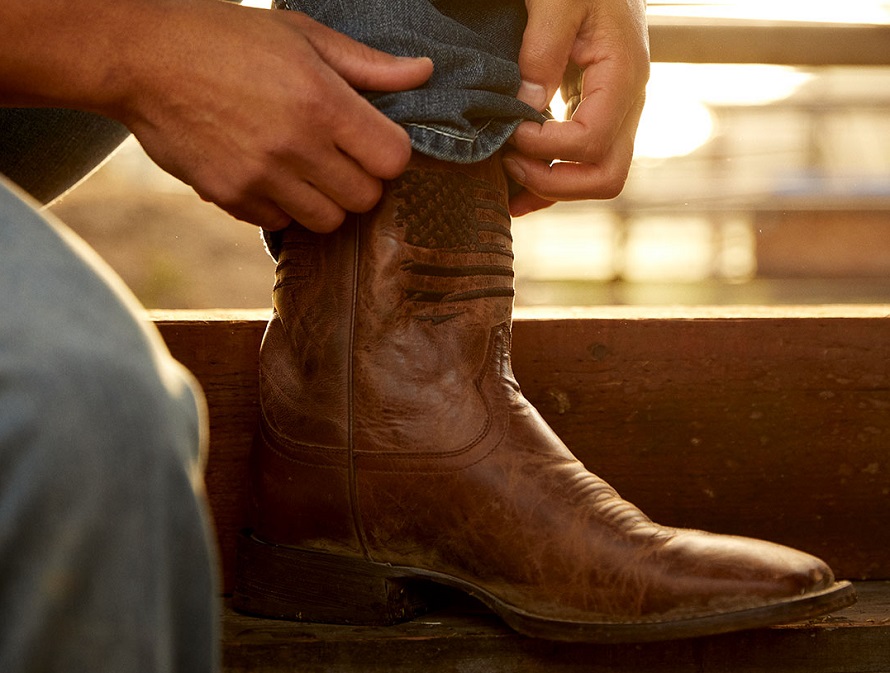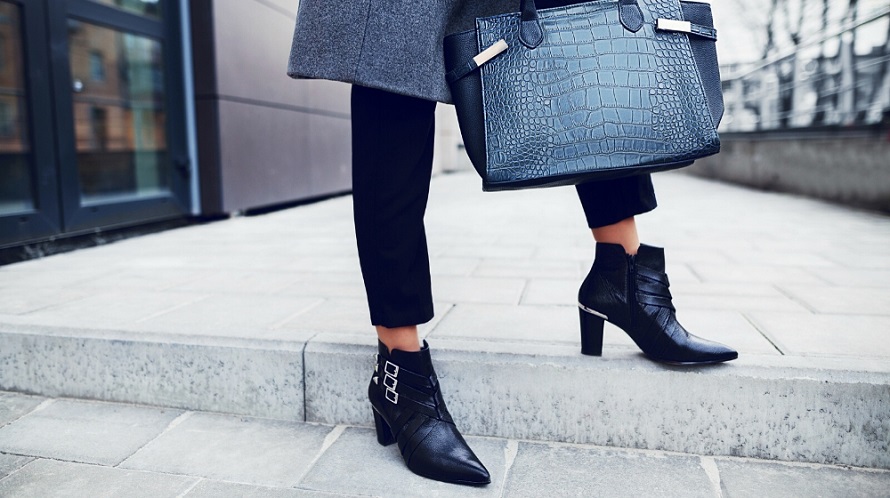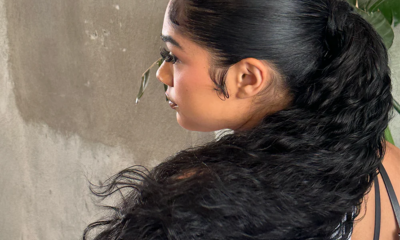Fashion
A Cowboy’s Guide to Ariat Western Boots
You’re probably well familiar with Ariat as a brand. You may have even had a pair of their iconic western boots. Or, you’ve just been thinking of investing in a pair. Whatever the situation, their range keeps growing and evolving, and there are always questions about maintenance and storage. Here’s everything a cowboy should know about this iconic boot.
Ariat Western Boot Range
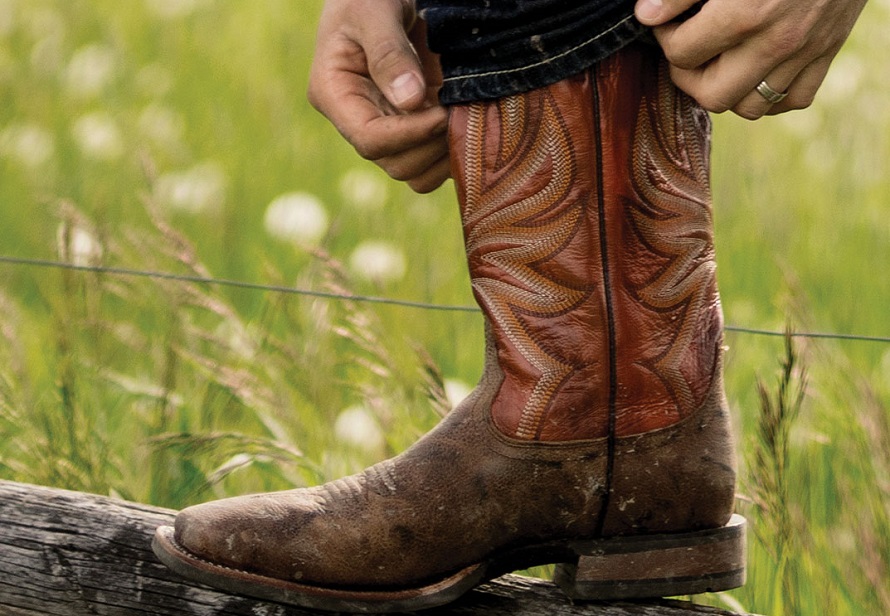
source: facebook.com
Ariat men’s boots come in many cowboy styles and materials, from traditional work boots designed to take a beating to dress boots made from exotic materials like ostrich or caiman alligator. If you’re wondering: “Can I wear cowboy boots if I’m not a cowboy?”, the answer is: yes, you can, and you don’t have to be a James Dean type or a cattle rancher for that.
The wide design, colour and material range of Western boots available have made their way into urban closets worldwide fitting all kinds of people and events. The trick of pulling off wearing a pair with confidence is finding the perfect fit Ariat men boots that complement your style.
Traditional Western Boots
Originally designed with riding in mind, cowboy boots have a tall shaft that reaches your calf, a narrow pointed toe that makes putting on stirrups easier, and a higher heel to keep your feet in place.
Roper Boots
Originating from traditional Western boots, ropers were designed for roping cattle. A lower heel and shorter shaft that ends below the calf encourage easier and more comfortable long-distance running and walking.
Work Cowboy Boots
Standard work boots serve as an inspiration for work cowboys. On hard, uneven surfaces, such as a construction site, they are protected and have traction thanks to their thick, grippy rubber sole. They have a more rounded and broader toe that occasionally has steel reinforcement.
Short Cowboy boots
Shorter versions of the classic style are exactly what short cowboy boots and cowgirl booties are. Usually, the shaft of short boots sits just above your ankle. They tend to be more fashionable, more comfortable in warmer weather, and simpler to put on and take off.
Exotic Cowboy Boots
The name of this line comes from the unusual or rare materials used to make them, such as leather made from fish or alligator skin. People typically wear them at formal events.
Dress Cowboy Boots
Dress cowboy boots typically have more elaborate stitching and embroidery or are constructed of higher-quality materials than regular boots. Sometimes distressed to give them a worn-in appearance, they can be stained to create a patina, an uneven stain that gives leather an aged appearance.
How to Fit Cowboy Boots in Ariat?
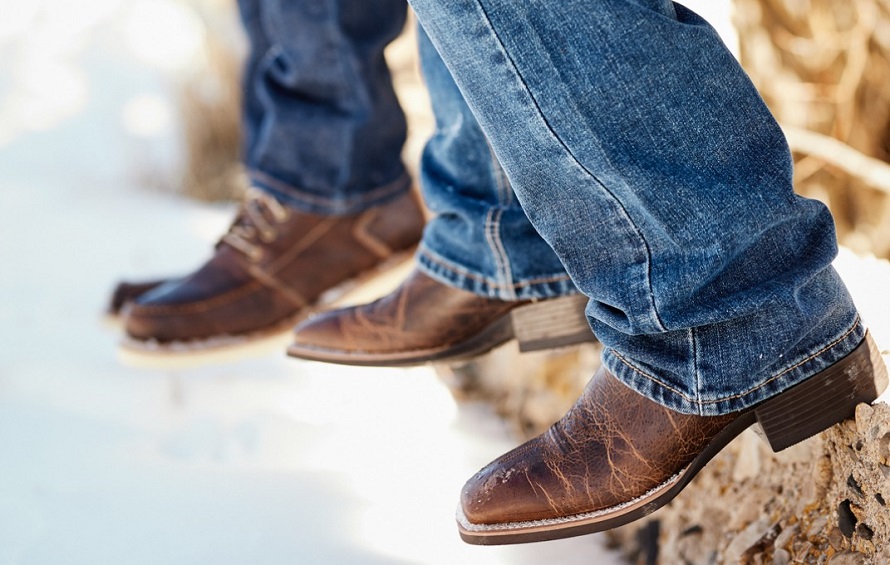
source: facebook.com
There are a few things to consider when fitting Ariat men boots, as the many different shapes and styles to pick from can make it challenging. Ariat’s original styles, like the Heritage Roper and the Heritage Lacer, are still among the best-selling models from when they started producing Ariat Western boots in 1995. That means Ariat cowboy boot lovers have come to learn how to fit them properly. Here’s a five-step guide to help you discover your ideal fit to get off to a good start.
1. Put on the Boots
Placing your foot into the shaft and firmly gripping the pull tabs or holes is the first step in properly fitting new boots. Your calf and shin will rest on the shaft, the upper part of the boot. There may be tabs or holes on the boot to help with pulling the boot on. Your foot will make a small popping sound as it enters its resting place. The resistance points will be your heel inside the shaft and the top of your foot in the arch region.
2. Verify the Heel Lift a Little Bit
The space between your heel and the boot’s insole is known as heel lift. It results from a small space between the boot’s arch and toe region. This space is required for a correct and comfortable fit and shouldn’t be larger than 1/8th of an inch.
3. Assess Fit
After you’ve put the boots on, it’s time to ensure they fit properly. The widest part of the ball of your foot should rest on the widest part of the boot’s outsole to guarantee a proper fit on any boot.
4. Examine the Boot’s Tip
After your feet are at ease, try standing up in your boots and measuring the distance between the tip of your toe and the bottom of the boot with your thumb pointing sideways. Your toe and the toe box’s end should be about thumb-width apart. Here are some things to keep in mind:
- The part of the boot that holds your toes is called the toe box. It’s the section of the boot that extends from the tips of your toes to the base of them. Wider toe shapes are frequently correlated with a wider toe box.
- It’s always a good idea to have a sideways thumb distance between the tip of your toe and the end of the toe box because everyone’s toes are different in length.
5. Move Around to Verify Fit and Comfort
Make sure you walk around in your boots to verify you have the right amount of heel lift, whether you are trying them on in-store or at home. Recall that the optimal space for a heel lift is 3 mm. Anything less will make your boots feel too tight, and anything more will make them feel bulky and unwieldy.


